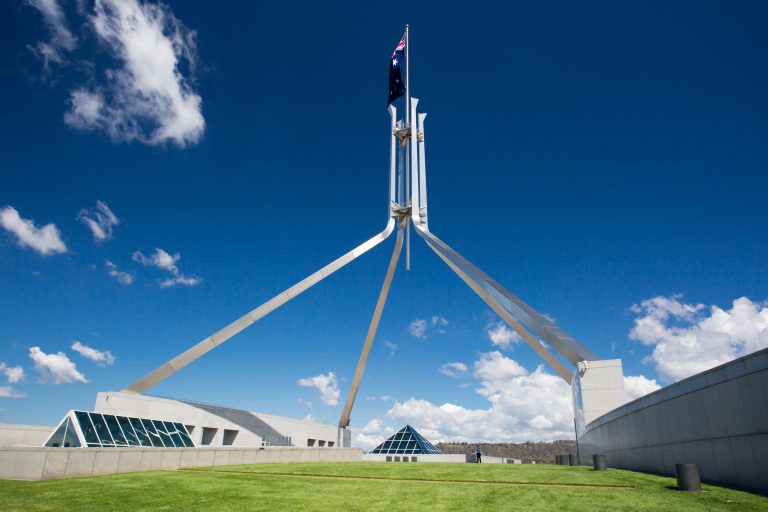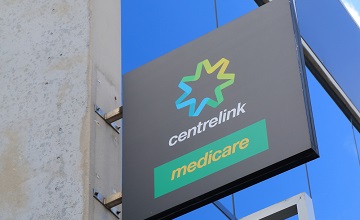Federal Budget 2023-24 Summary
Lady Luck has once again looked down fondly upon Australia, creating the first Federal Budget surplus in 15 years, through a higher tax take on record export earnings and increasing…

Lady Luck has once again looked down fondly upon Australia, creating the first Federal Budget surplus in 15 years, through a higher tax take on record export earnings and increasing…

One in six people will be over 65 years old by 2050. With the world’s population ageing quickly, it is natural to think about how pension systems around the world…
End of content
End of content